- Maingear Pulse 15 Gaming Laptop Review
- Lenovo ThinkPad Edge 13" Notebook Review
- Acer C7 Chromebook Review
- Lenovo ThinkPad T450s Laptop Review
This has been a long term coming, as we are sooner or later getting around to trying out Intel’s Ice Lake architecture. This is Intel’s first real try at a 10nm CPU, and on this Laptopwe’ll be evaluating it towards their 14nm services to see how it stacks up in terms of performance.
Last 12 months we did see the 10nm 'Cannon Lake' but it became a single processor, the Core i3-8121U, a measly dual-center clocked at up to 3.2 GHz with out a integrated graphics. It changed into utilized in a single Lenovo computer plus a small handful of NUCs. Because of its low-cease specs, it in no way saw lots traction.
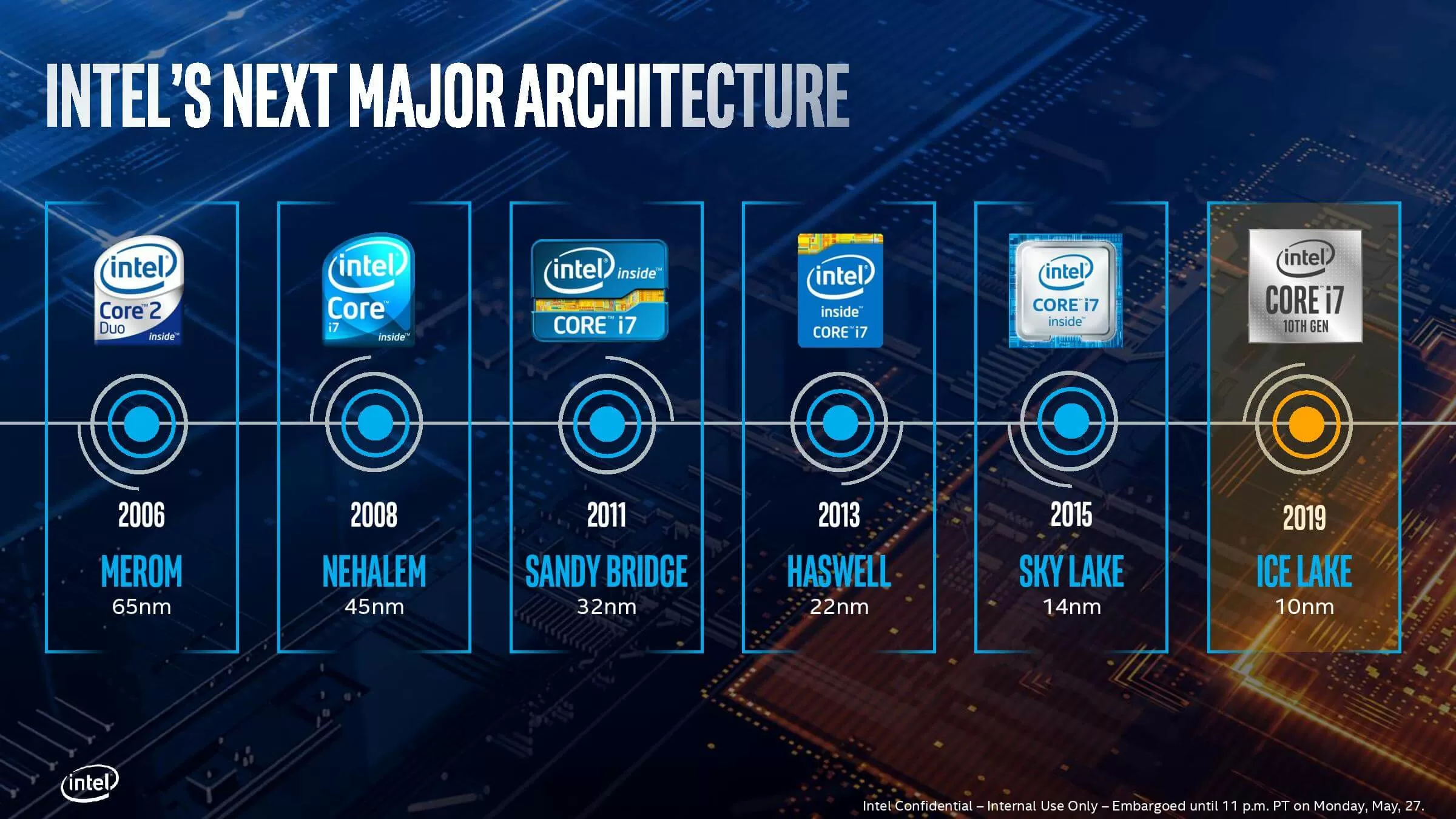
Thus in our e book Ice Lake is Intel’s first authentic entry to the CPU market with the 10nm system. There are many extra SKUs available and we’re already seeing decent uptake within the marketplace throughout ultraportable laptops. Instead of one CPU, there are eleven in Intel’s Ice Lake line-up, across 9W, 15W and 28W energy categories. These are all designed for low-electricity ultraportables and different mobile gadgets, at the least for now.
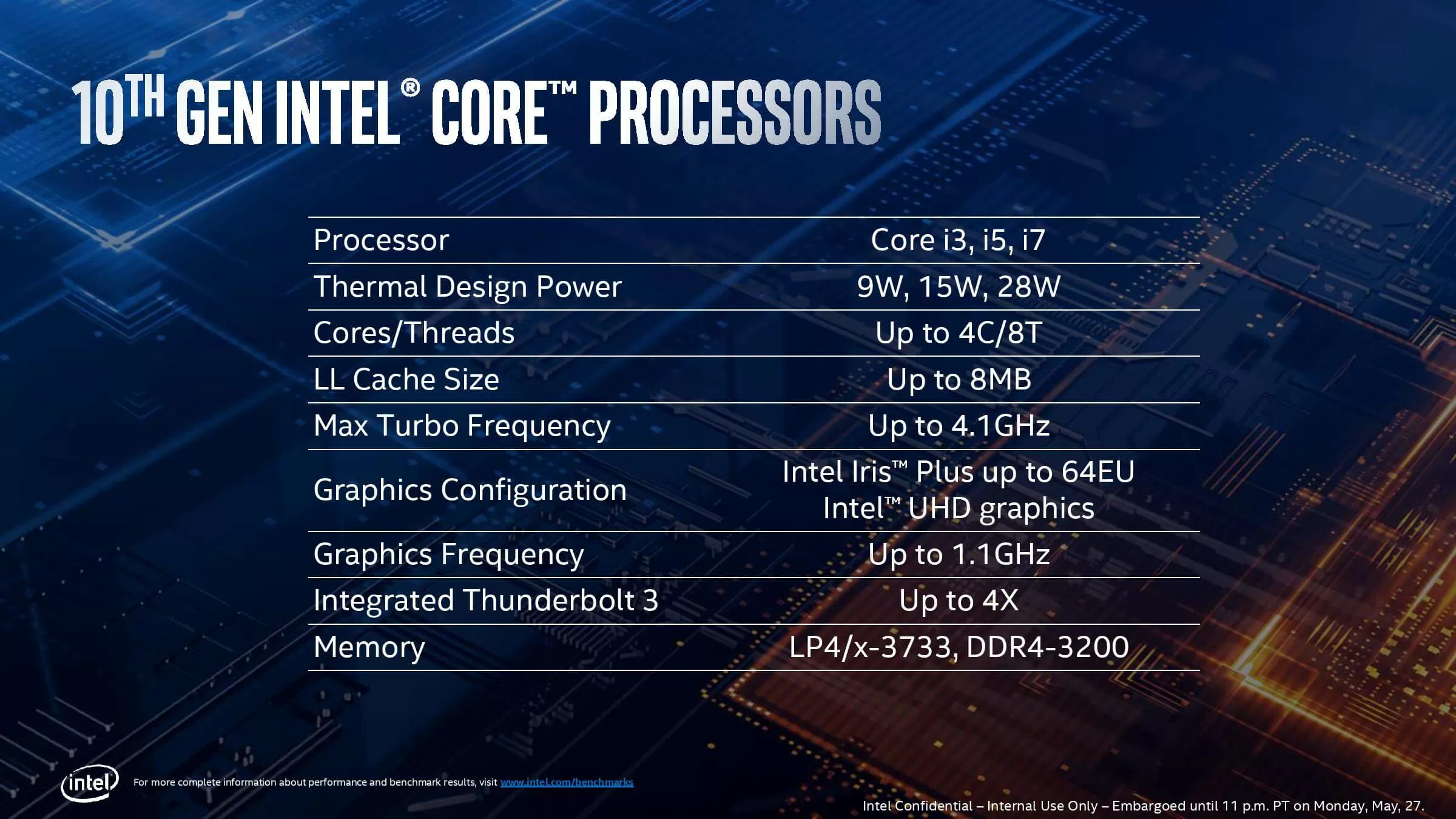
Intel’s naming scheme is difficult as ordinary. Before Intel used U suffixes to indicate 15W merchandise, and Y to denote 9W. Now that is relegated to a unmarried quantity: the 1065G7 for instance is a 15W CPU, while the 1060G7 is 9W. All 15W merchandise get a five inside the fourth digit, and 9W elements get a 0. I for my part preferred using U or Y, that was clearer for buyers as opposed to hiding this crucial performance indicator among a bunch of different letters and numbers.
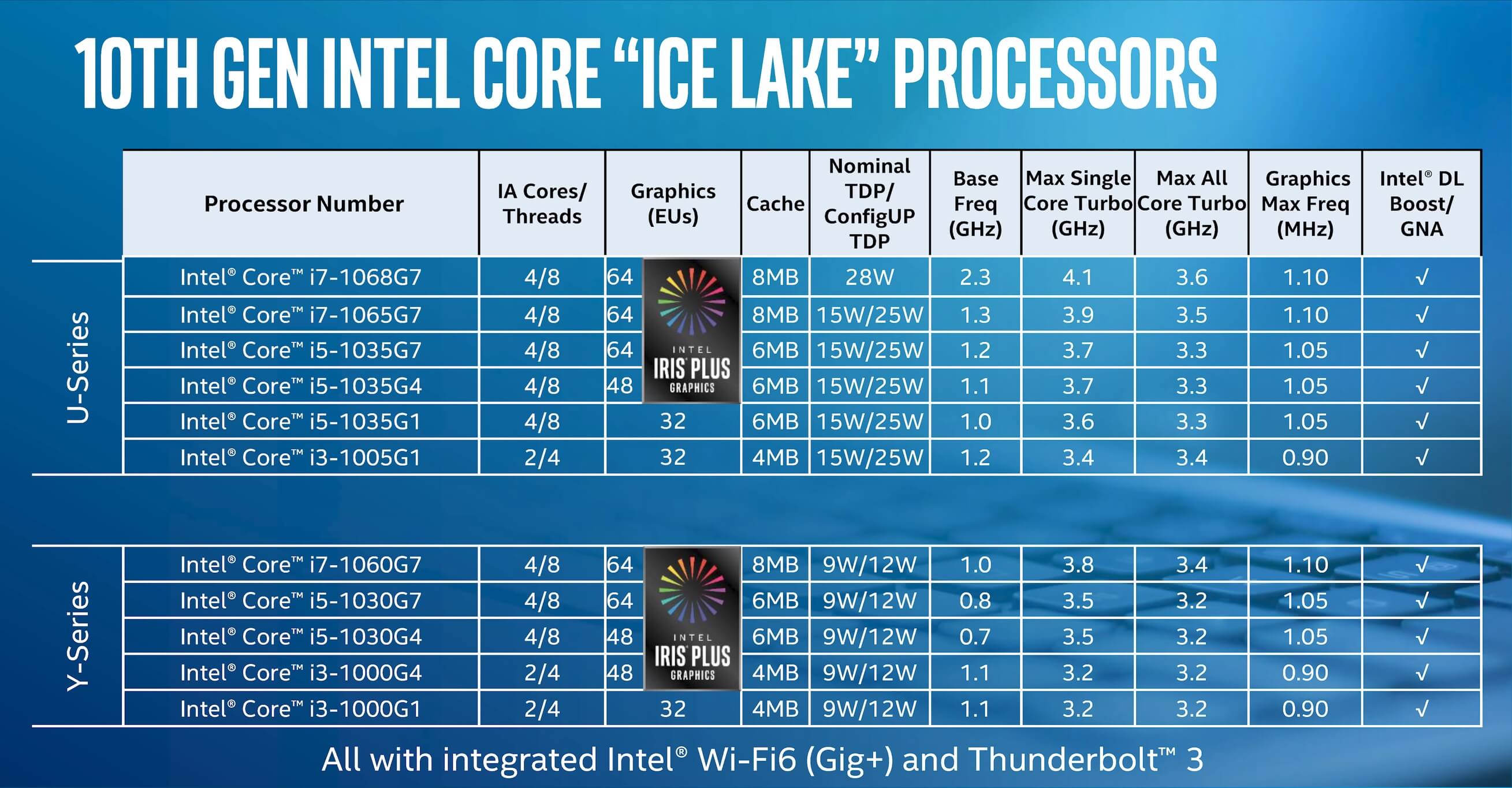
What has come to be clearer this era although, is the integrated graphics talents. The G suffix tells us exactly what sort of CPU configuration we’re getting: G7 denotes Iris Plus with the entire sixty four execution devices unlocked, G4 is Iris Plus cut right down to forty eight EUs, and then G1 gives us UHD photographs with 32 EUs. All use Intel’s new Gen 11 GPU, that's one of the larger adjustments to Ice Lake as compared to preceding 14nm generations.
And it’s a much needed alternate. Since Skylake became introduced, 15W CPUs have in large part been caught with GPUs that p.c. Simplest 24 execution gadgets with an architecture from 2015, and that continues to be the case with 2019’s 14nm refresh codenamed Comet Lake. Some 28W components would push this as much as forty eight execution gadgets, but that became normally the maximum you can find.
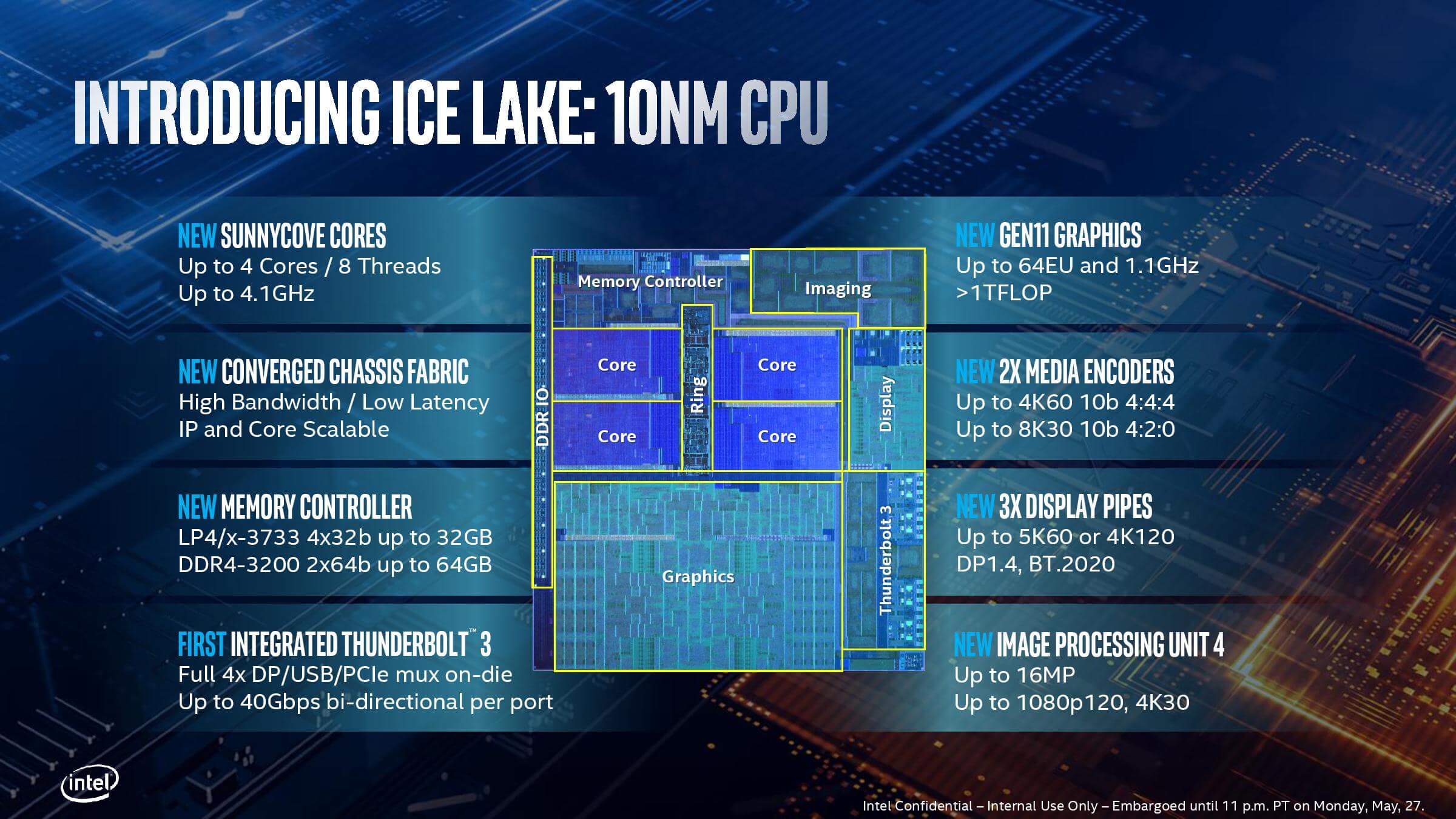
Now, the base G1 tier consists of 32 EUs, so we’re already seeing a 33% boom to center be counted (in case you need to name execution devices “cores”). And the top give up additionally receives a bump, but crucially you could still discover sixty four EU G7 pictures inside a 15W electricity envelope, so Intel is bringing a widespread jump to images talents within the present TDP, permitting it to higher compete with the beefy portraits AMD gives in Ryzen Mobile.
On pinnacle of this, Gen11 portraits offer a number of architectural adjustments, inclusive of assist for variable rate shading, adaptive sync, show movement compression, and a faster media encoder. This genuinely is the important thing gain to getting Ice Lake over previous generations.
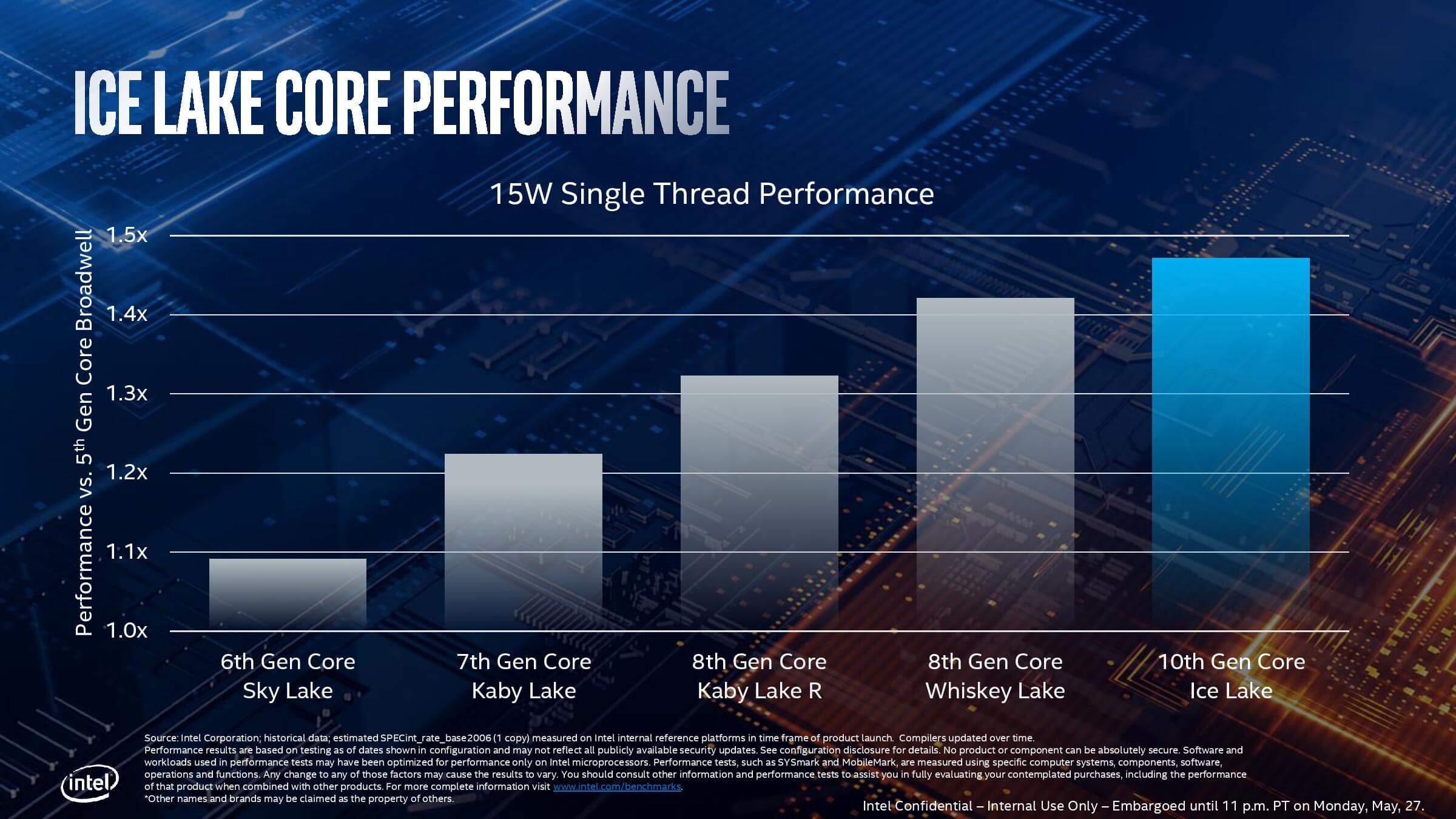
There also are good sized adjustments at the CPU front, thanks to an all-new CPU middle in Sunny Cove. Intel is promising an 18% I 30increase over Skylake, help for AVX-512, new dynamic tuning abilities, and a much better reminiscence controller that supports DDR4-3200 and LPDDR4X-3733 speeds.
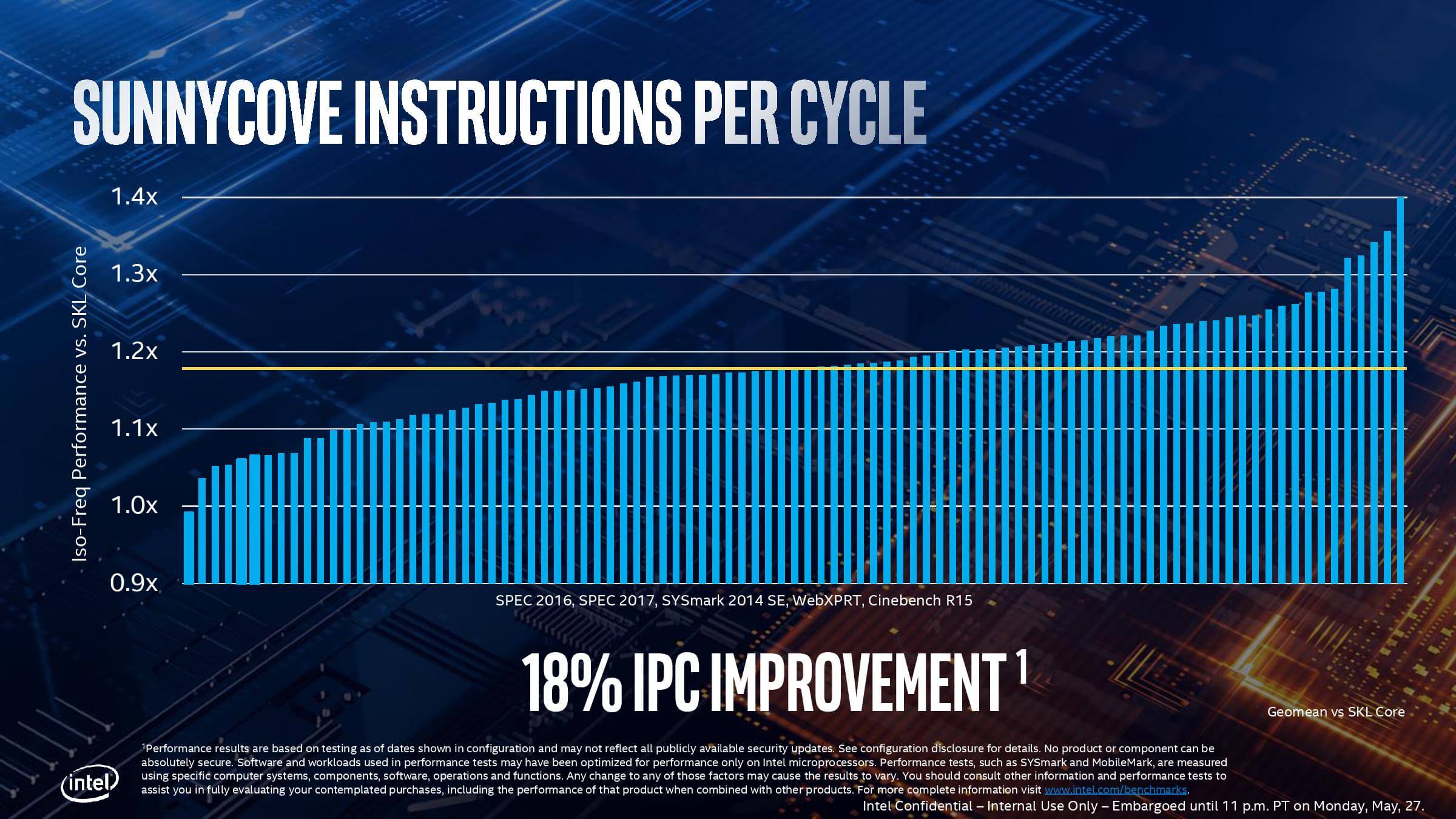
While IPC has seen a big boom (in line with Intel), this has been offset via decrease clock speeds throughout the Ice Lake line. Take the flagship 15W component that we’re searching at these days: the Core i7-1065G7. It gets the full 64 execution unit experience, giving us all the blessings of Gen11 portraits. But it handiest packs 4 Sunny Cove CPU cores with a base clock of 1.3 GHz, a single-core rapid of three.9 GHz and an all-core velocity of three.5 GHz.
This is well underneath what you get with Intel’s different cutting-edge-technology CPU, Comet Lake. The pinnacle-quit Comet Lake chip constructed on 14nm gives a worse incorporated portraits, but bumps up the CPU to 6 cores, clocked at 1.1 GHz base, four.7 GHz unmarried-middle faster, and four.1 GHz all core. Alternatively you could get a Core i7 quad-core with a 1.8 GHz base and four.three GHz all-middle rapid.
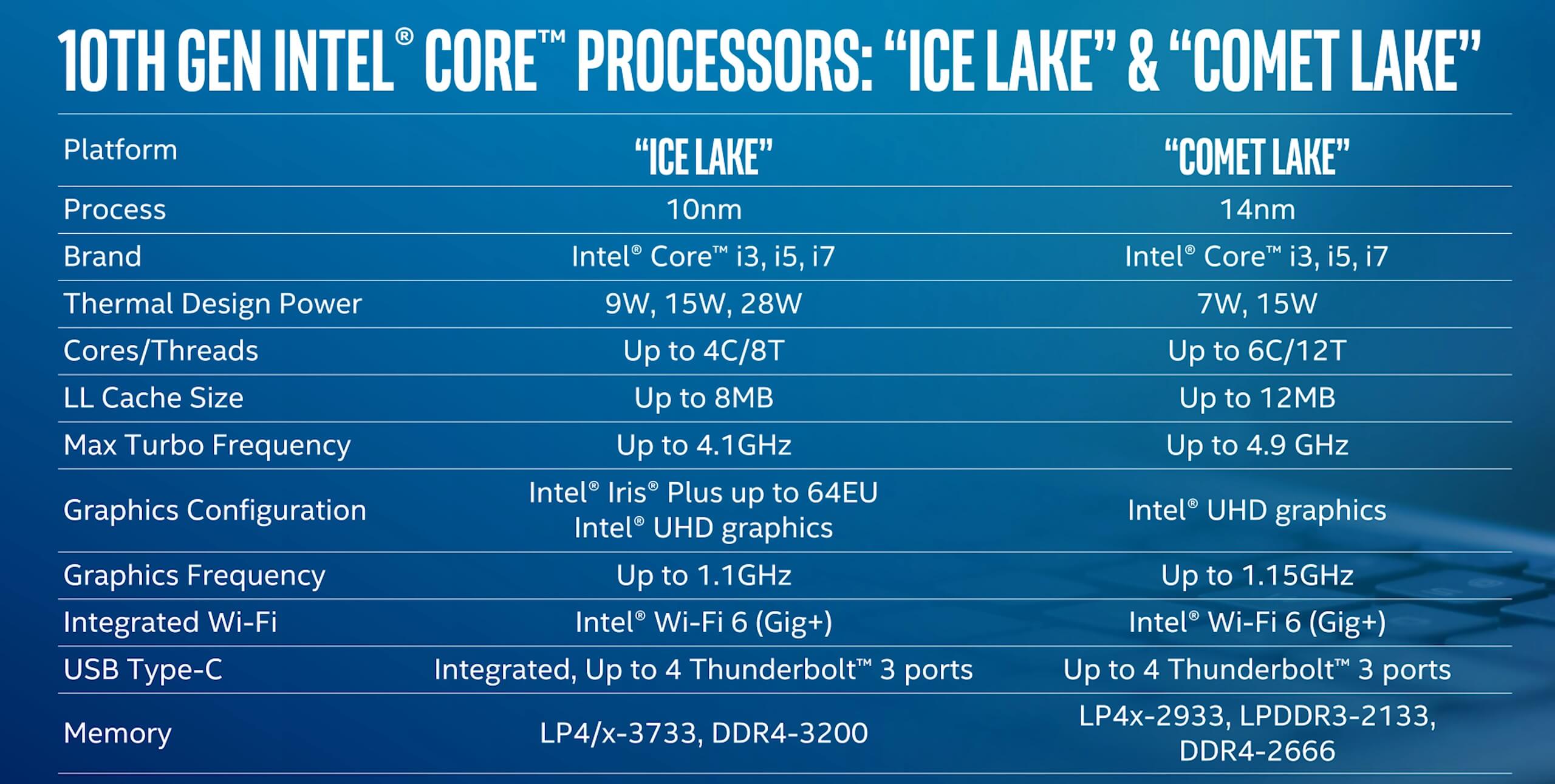
While these 15W elements normally don’t run at the advertised clock speeds in sustained workloads, even comparing just these rated frequencies indicates a huge discrepancy. Base clocks evaluating quad middle to quad middle are almost forty% higher for Comet Lake, even though this narrows to 23% comparing all-center turbos. But with Ice Lake best receiving an 18% common gain to IPC, you could already see that it might be going to struggle to outperform what Intel already has on 14nm in CPU workloads.
And again, this entire scenario with Intel having each 10nm Ice Lake and 14nm Comet Lake in the marketplace at the equal time as part of their 10th era simplest serves to confuse clients. With Comet Lake boasting a beefier CPU and Ice Lake taking the GPU crown, ordinary everyday Joes will need to do even more studies than ever earlier than to ensure what they're getting is the proper product for their use case.
And with product names like Core i7-10710U and Core i7-1065G7, which chip is higher and in what regions is so murky I can’t see how all and sundry aside from a hardcore enthusiast will certainly understand what they may be getting. I experience like regular clients realize the antique “higher range is better” trick, but with those names, that form of deduction is not possible.
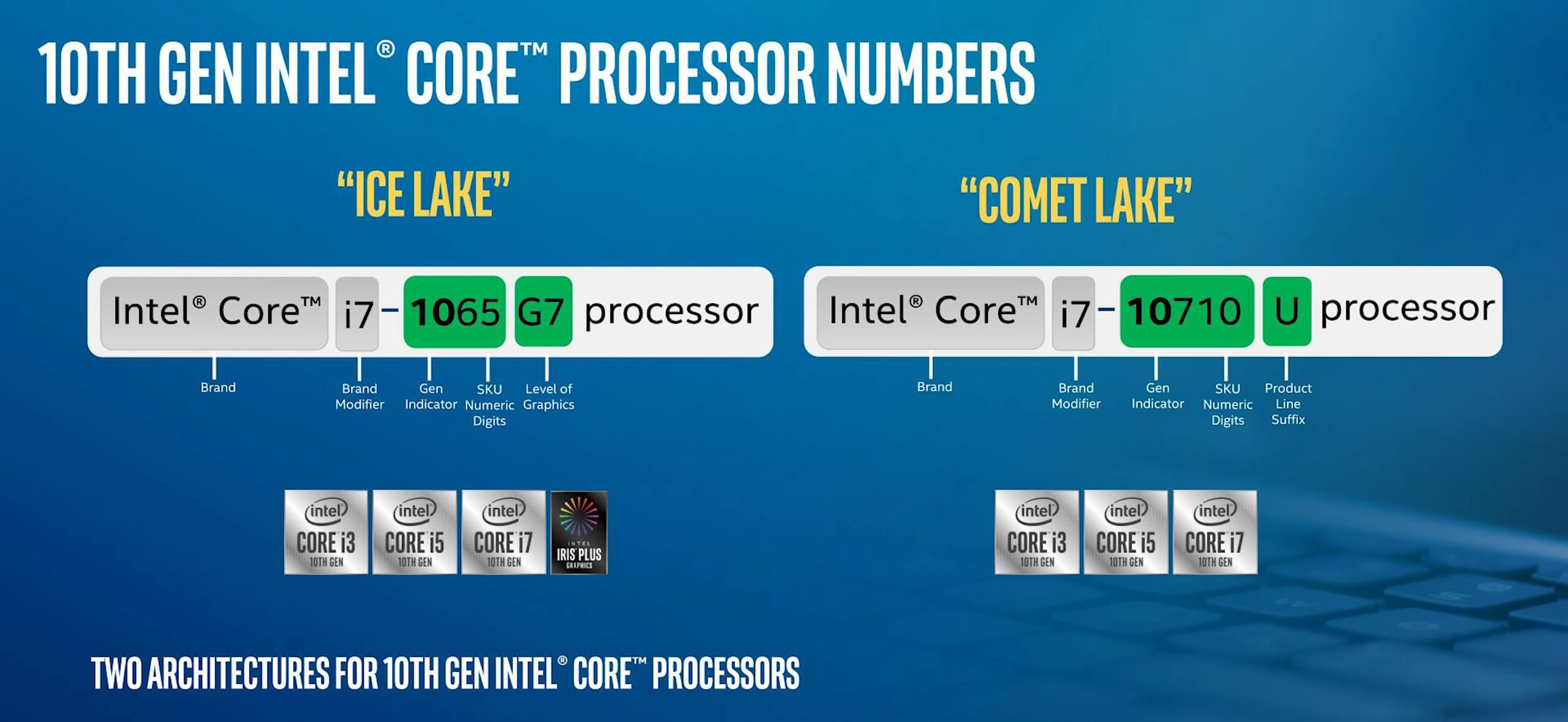
So that’s the baseline expertise you need about Ice Lake to kick off this overall performance overview...
Today we are focusing at the pinnacle-quit Core i7-1065G7, a quad-center CPU with G7 snap shots. This Auroracould be discussing the entirety you want to realize about productiveness and compute performance, we’ll be comparing Ice Lake to previous 14nm parts, however gaming is something we’ll be tackling in a separate article.
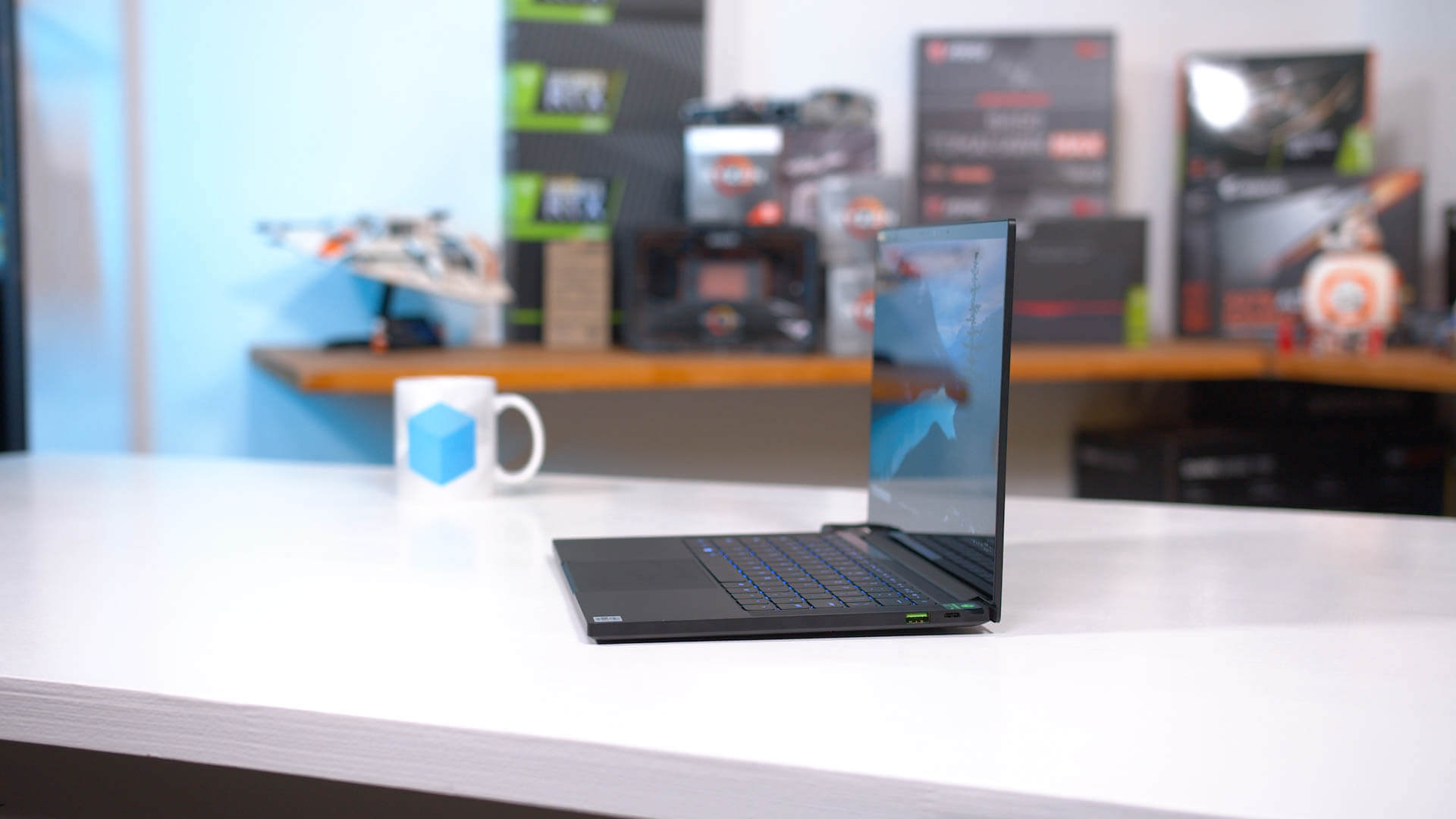
The laptop we've for testing with Ice Lake inner is the new Razer Blade Stealth, a laptop design that we really like with its notable sleek metallic design and excessive-end components. It also has a tendency to provide a in reality brilliant test platform – the CPU inner this beast may be configured at each its preferred 15W TDP, or at a higher 25W TDP, giving us beneficial information for both. It also packs dual-channel reminiscence on the most LPDDR4X-3733 speeds, so we’re getting the whole reminiscence bandwidth improvements of Ice Lake on this test gadget, too, which is good.
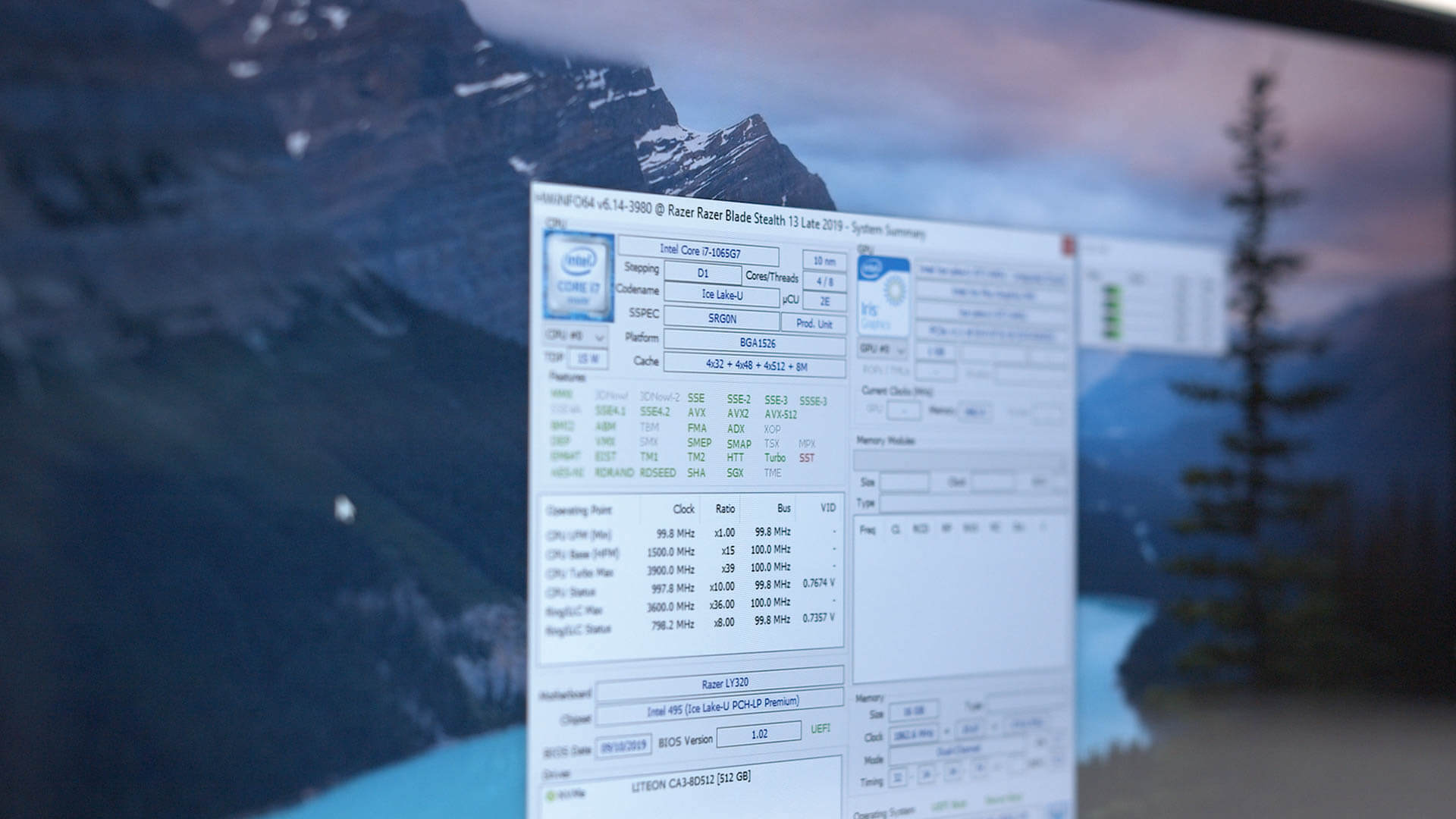
The pc also includes a discrete GPU, Nvidia’s GeForce GTX 1650 Max-Q. For maximum checks, this GPU has been disabled so we can attention at the compute performance of the new incorporated Gen11 photographs, however in a few cases it’s also enabled. We have check information from an MSI Prestige 14 which packs the 6-middle i7-10710U and GTX 1650 Max-Q, so we can also get a first rate have a look at whether Ice Lake or Comet Lake is better when a more effective discrete GPU is thrown into the image.
Benchmarks
We’re going to kick things off right here as ordinary with a study Cinebench R20, which offers us that every one crucial look at multi and unmarried threaded performance. The consequences for Ice Lake and 10nm are pretty disappointing however now not totally sudden given the lower clock speeds this CPU is capable of run at. The Core i7-1065G7 sits many of the Core i5-10210U and Core i7-8565U toward the bottom of the charts. These are all quad-middle CPUs running at 15W, there simply isn’t lots to be received right here shifting from 14nm to 10nm on this power envelope.

The new Core i7-10710U with six cores demolishes the Core i7-1065G7 in multi-threaded overall performance right here: the 10710U is a superb 32 percent quicker. However, the 1065G7 does thoroughly with single-threaded overall performance, outperforming maximum different CPUs in this desk, which bodes nicely for Ice Lake in other unmarried-threaded benchmarks.
When bumping the 1065G7 up to 25W, handiest then is it able to outperform the 10710U in its 15W configuration, but while both chips are working at the same TDP, the six-core choice is still some distance superior.

Looking at clock speeds, there aren’t too many surprises given our rated clock velocity dialogue earlier. Like all 15W CPUs, beneath a sustained Cinebench run, clock speeds are well beneath the maximum all-core rapid frequency so strength consumption doesn’t exceed 15W. The 14nm Core i5-10210U sits between 2.2 and 2.three GHz all-core on this run, whilst the 10nm Core i7-1065G7 drops all the way down to 1.eight to 1.9 GHz.
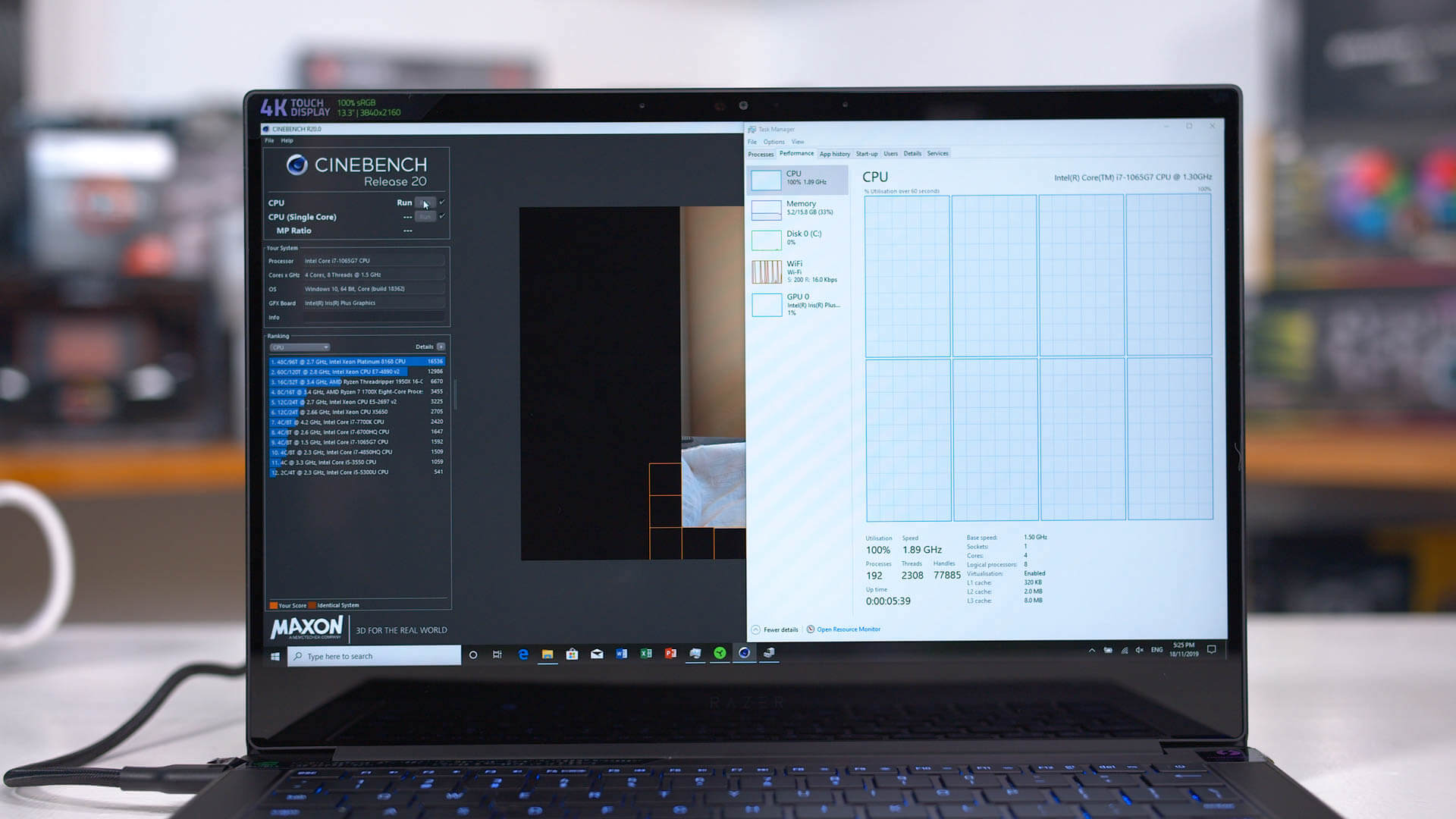
All 3 of these CPUs rating more or less the equal in this benchmark, however the 14nm chips want to be clocked round 22 percent higher. This finally ends up being pretty much like the difference in rated raise clocks we saw in advance, which became 23 percent, and also much like Intel’s IPC improvement claims for Ice Lake, at an 18 percent common.
Few extra workloads to head, this time our state-of-the-art MATLAB benchmark which is a real international usage of differential equations and speedy Fourier transforms, which can be not unusual tasks people carry out on this engineering tool. This workload hits only some threads and additionally can be pretty reminiscence and cache in depth, so with Ice Lake seeing profits in those regions, MATLAB performance is higher than other 10th-era elements. 13 percent profits right here over 10th-gen is very decent.

What about Adobe PDF exporting, that is some other single-threaded project? Ice Lake performs well here, like we’ve seen in different 1T workloads. 10 percentage better performance than the Core i7-10710U is a superb result and is in step with what we’ve proven so far.

Ice Lake isn’t very fast in VeraCrypt decryption, matching the 8565U and exceptionally falling properly in the back of the Core i5-10210U. Comet Lake probable has improvements to improve increased AES performance that different architectures don’t, trying out similarly 10th-gen CPUs will give extra insights to this benchmark.

With all of the CPU constrained assessments out of the way, let’s check a few compute workloads, because this is in which Ice Lake will clearly shine thanks to its tons quicker Gen11 GPU. Our new Premiere benchmark is a prime example of this. We’re capable of take gain of Premiere’s hardware increased encoding, on pinnacle of GPU extended consequences, to deliver giant profits.
In its inventory configuration with no dedicated GPU, the Core i7-1065G7 outperforms maximum different configurations, together with the Core i5-10210U with an MX250 GPU. It also demolishes 14nm components: seventy five% quicker than the i7-10710U, and more than twice as fast as the i5-10210U, all thanks to large GPU profits.

What’s also outstanding to look is that when the GPU is saved consistent, in this situation the GTX 1050 Max-Q, Ice Lake remains marginally quicker on this workload in comparison to the six-center 10710U, I think a number of that comes right down to higher multiplied encoding. But overall, if Premiere is your primary workload, Ice Lake is the way to go with better Warp Stabilizer overall performance and better encoding overall performance.

When the usage of our older Premiere benchmark, which is extra GPU in depth, gains aren’t as significant especially compared to a number of the discrete GPU options. Pairing a 10210U with an MX250 for example, is lots faster, even though consumes plenty greater power. And Ice Lake falls behind Comet Lake with 6 cores versus 4 cores while the GTX 1650 Max-Q is held regular.
We also see large performance profits in CompuBench Optical Flow, with a greater than 2x benefit evaluating Gen11 photographs to older 14nm options. When fully GPU limited like this, it’s no marvel to see the tons higher execution unit anticipate Ice Lake take manipulate and deliver a massive performance development.

Similar profits are to be had with Photoshop’s Smart Sharpen filter, which is also run on the GPU. A hundred thirty% faster overall performance from Ice Lake as compared to Comet Lake and other Skylake derivative CPUs is a big advantage, and it barely nudges out the MX250 from Nvidia that's great from an incorporated choice. It also finally ends up handily beating AMD’s Ryzen Mobile offerings in this test, I suspect better memory bandwidth to the GPU is gambling a component there, given we just noticed Ryzen acting well in Optical Flow.

What We Learned
All the records in, it really is many hours of benchmarking you simply witnessed right there. We haven’t visible too many surprises given all the information we had within the lead up to this release. We weren’t anticipating much within the realm of CPU performance, but we did expect respectable gains to GPU performance, and that’s in large part what we observed.
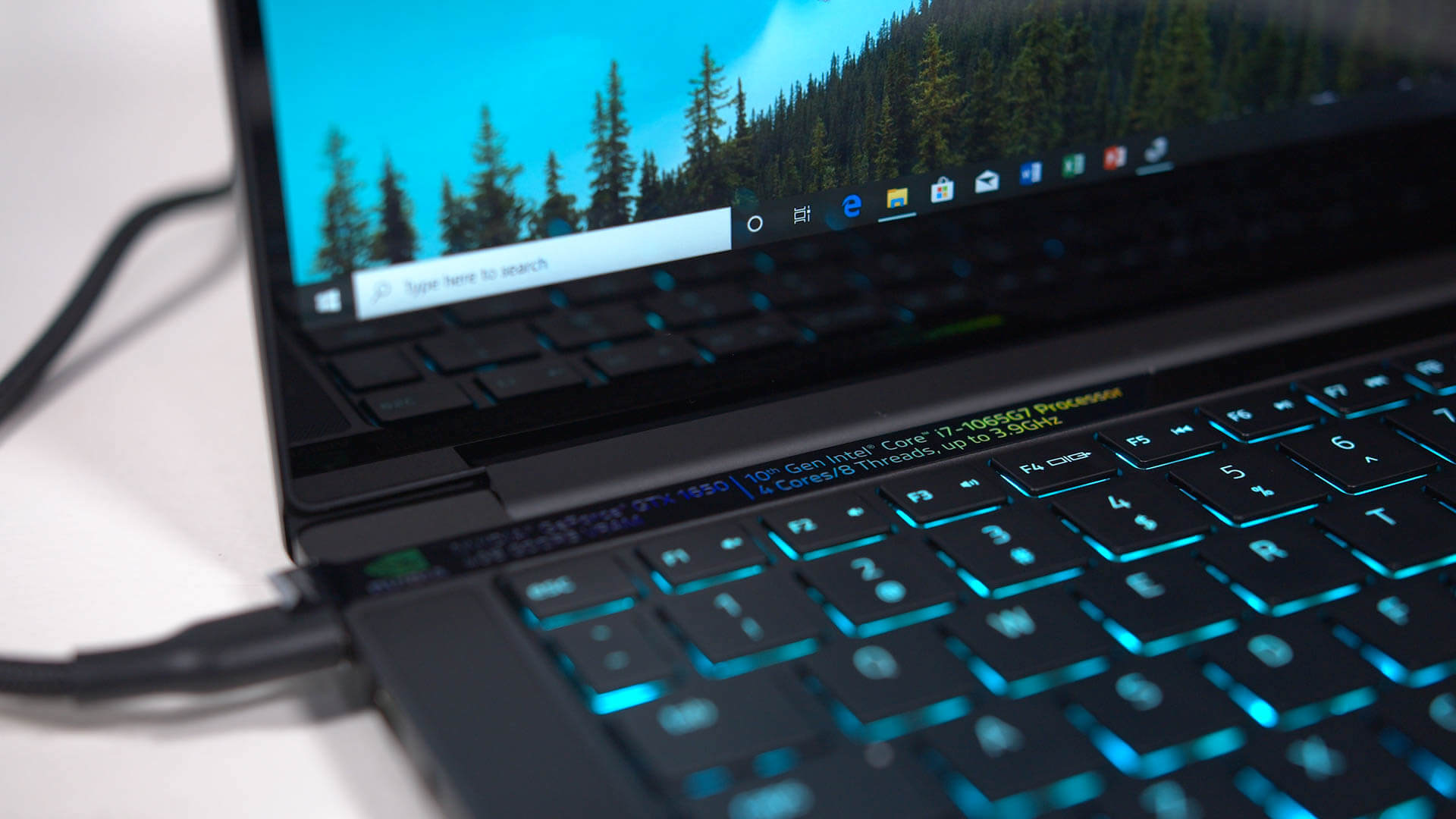
The Core i7-1065G7 supplies kind of equal multi-threaded CPU overall performance to the Core i5-10210U. So whilst evaluating quad-cores on Intel’s 10nm and 14nm nodes, basically not anything has been received right here. Single thread overall performance is particularly better, across the 10 percent mark, however this is offset via the occasional slower multi-threaded end result. In standard, it’s honest to mention overall performance is about even.

And it’s similar evaluating the Core i7-1065G7 to the Whiskey Lake Core i7-8565U. There are a few larger than anticipated profits for workloads like MATLAB and Photoshop Iris Blur, but in longer exams like Handbrake, Ice Lake actually clocks in slower. On average, the i7-1065G7 is some percentage faster however it’s now not a mindblowing distinction and virtually in these CPU restrained workloads, there’s not a whole lot of a purpose to improve from any of the eighth-era components or more moderen.

When you compare Ice Lake to the fine Intel has to offer within 15W, the Core i7-10710U smokes the Core i7-1065G7 in multi-threaded workloads, so in case you need to use your ultraportable for anything intensive like video encoding, a Comet Lake six-center CPU is a better choice. At the equal time, Ice Lake is usually faster in single-threaded checks, so it's going to depend what sort of factors you do along with your computer as to what processor makes more experience.

The margins don’t trade too much while evaluating 25W configurations, extra energy does same more overall performance and in this case Ice Lake is about 20 to 25 percentage quicker in its 25W mode in comparison to 15W, however so is Comet Lake. If you have been expecting to see drastically higher performance at those better energy objectives, thus far that doesn’t seem to be the case at the mobile side.

On the opposite hand, Ice Lake is sincerely lots quicker while you need GPU acceleration. In natural GPU constrained situations, Ice Lake’s unlocked Gen 11 GPU is more than two times as rapid as the crappy integrated GPU we’ve had from Skylake derivatives. And that’s all within the identical 15W power envelope. In a combined workload like Premiere, that could lead to huge performance enhancements.

Overall, our early impressions on Intel’s Ice Lake processor are blended. From checking out the fastest 15W configuration available, there are a few nice takeaways: quicker single-thread overall performance, hugely improved GPU overall performance – but that is spoiled by using issues in other regions.
Getting no improvement to multi-threaded overall performance is regarding for Intel’s new 10nm node. Considering the CPUs we’ve tested have all been locked to 15W, getting no performance gains from 10nm as opposed to 14nm way we’re also seeing no gains to efficiency. Ice Lake does appear to have plenty stepped forward IPC, but this has been absolutely offset by the CPU jogging at decrease clock speeds. Lower clock speeds, higher IPC, identical energy, identical overall performance.
This handily lets in Comet Lake to swoop in, offering a six-core CPU in the equal energy envelope, for giant profits to multi-threaded overall performance. Again, doesn’t practice to unmarried-thread programs where Ice Lake holds a lead, however for something that hundreds up the CPU, Comet Lake is the manner to move.
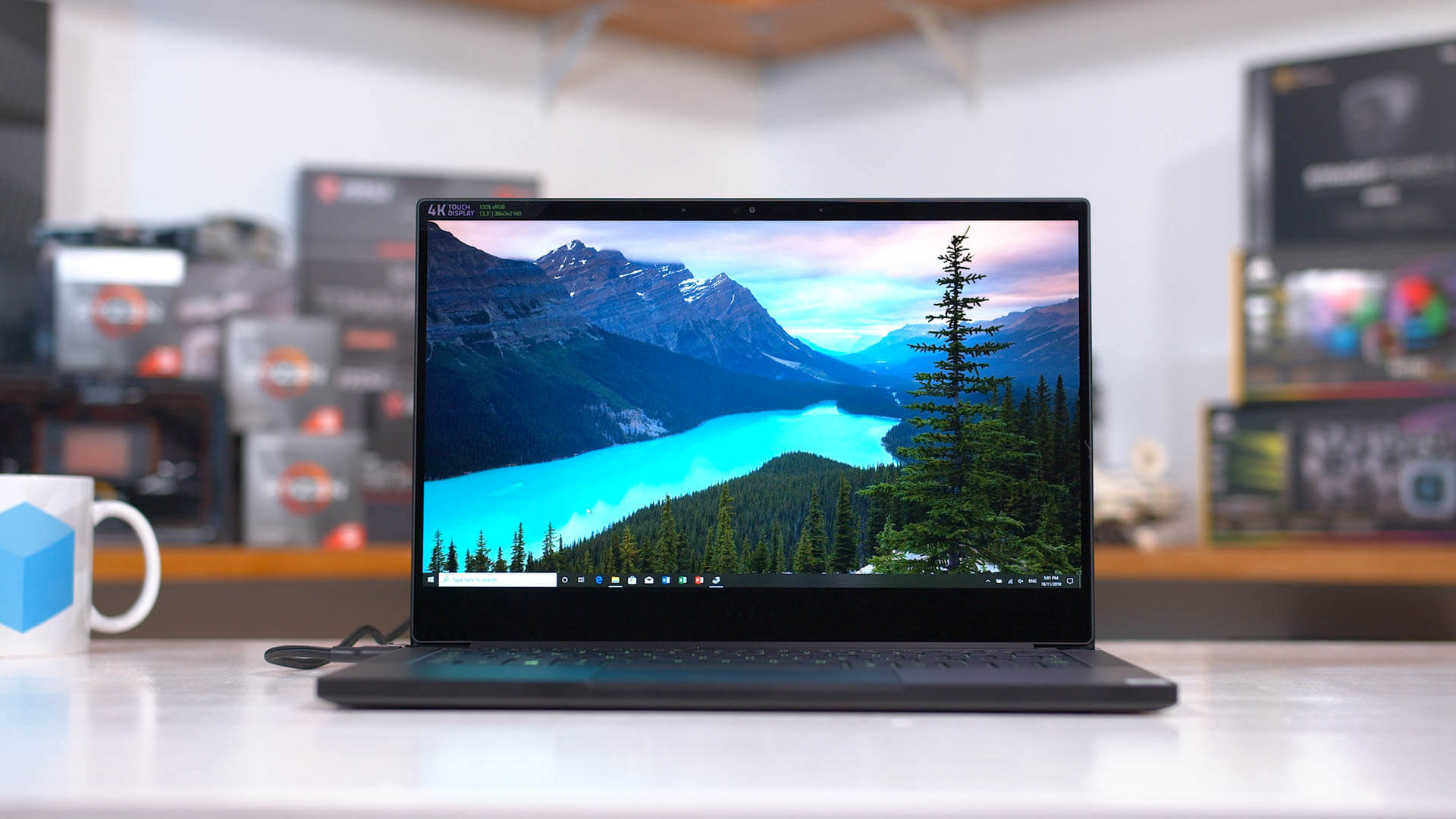
Granted, we haven’t achieved any battery lifestyles testing with this new platform because it’s almost not possible to get an excellent apples-to-apples assessment, but equal overall performance at same energy level shouldn’t translate to important enhancements. If whatever, profits will come from different platform benefits like changes to the manner power gating is handled, specific increase technology, greater green reminiscence and so on.
Getting a much quicker GPU with Ice Lake is satisfactory, but it’s additionally not a modern upgrade given AMD has been supplying this kind of overall performance in view that overdue 2017 with Ryzen Mobile. This is more about Intel bringing their component up to a competitive pix viewpoint. In a few instances Ice Lake’s sixty four execution unit GPU nevertheless falls behind first-gen Ryzen Mobile, depending on the electricity obstacles. Other times, it’s quicker, depending on how lots reminiscence bandwidth is required given Ice Lake has a big benefit in that branch.
Intel also has to compete with discrete GPU offerings, which include Nvidia’s popular MX150 and MX250, as well as more moderen, extra powerful options like the GeForce GTX 1650 Max-Q that became covered with our Razer Blade Stealth check gadget. It depends closely on the exact workload in query, but Ice Lake’s included GPU isn’t plenty faster than Comet Lake with an MX250, the exception to this rule being Premiere, in which a combination of things make Ice Lake a much better choice.
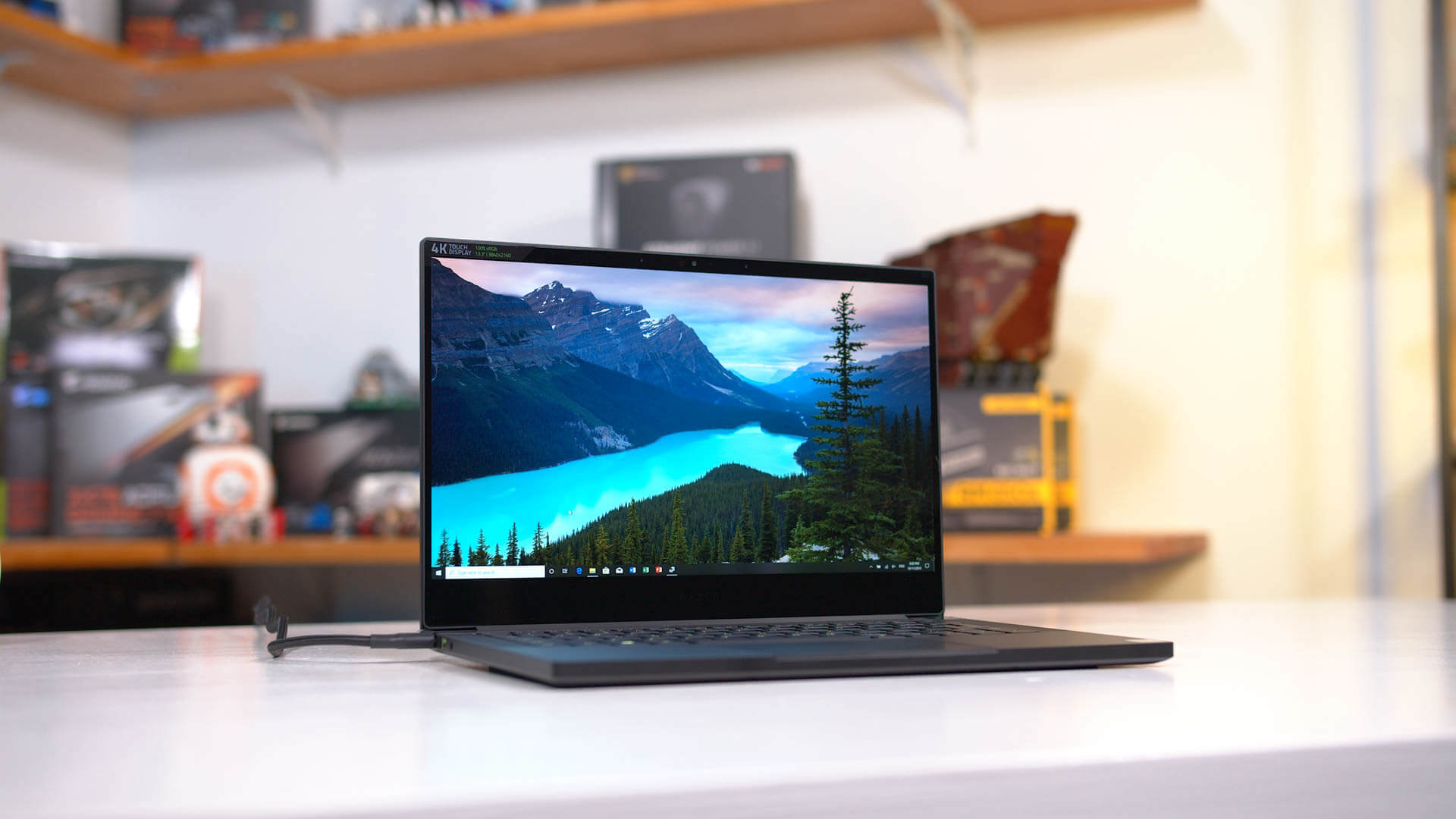
As it stands right now, the outright fastest hardware mixture I’ve seen in ultraportable form elements seems to be Intel’s Core i7-10710U paired with a GTX 1650 Max-Q, which you could get in MSI’s Prestige 14. If Razer, for example, had swapped out the i7-1065G7 for a i7-10710U on this ultra-modern Blade Stealth, I suspect in most workloads it'd be advanced, aside from some single-threaded side instances.
While it’s neat that Ice Lake has a far progressed incorporated GPU, because it doesn’t convey ahead CPU overall performance with it, we’re now not seeing upgrades over what was already possible with 14nm. OEMs were more and more choosing discrete GPUs in their ultraportables, and Ice Lake doesn’t do plenty to improve over these configurations. If you purchased an eighth-gen laptop with an MX150, Ice Lake might not be tons of an upgrade. Where you may see gains is in laptops that don’t use a discrete GPU. If an OEM decides that they just want to consist of one chip, then some thing just like the Core i7-1065G7 goes to present a big compute performance advantage over say, an eighth-gen Core i7-8565U by means of itself.
Bottom line, it's a modest start for Intel’s 10nm series because of a lack of efficiency gains which probable has to do with Intel’s struggles at 10nm. It's viable that with a 10nm revision or just a complete breakthrough to 7nm, this will enhance considerably. Meanwhile on the other aspect of the fence AMD is operating tough on a subsequent-gen Ryzen Mobile component on TSMC’s 7nm.
Shopping Shortcuts
- Razer Blade Stealth on Amazon
- Core i7-1065G7 Laptops on Amazon
- Core i5-10210U Laptops on Amazon
- Core i7-10710U Laptops on Amazon
- Core i7-8565U Laptops on Amazon
- Core i7-10510U Laptops on Amazon
Further Reading
- Reasons to Upgrade Your Laptop (That Go Beyond a Performance Upgrade)
- The Best Laptops 2019
- Desktop vs. Laptop Gaming with the RTX 2070
0 Response to "Intel Core i7-1065G7 Benchmarked: Ice Lake with Iris Plus Graphics"
Post a Comment